Europe’s art world is experiencing a renaissance that extends far beyond the traditional powerhouses of Paris, London, and Berlin. While these established centers continue to thrive, a new generation of cities is emerging as creative hotspots, offering fresh perspectives and innovative approaches to contemporary art.
From former industrial hubs transformed into cultural districts to coastal towns reimagining themselves as artistic destinations, these cities are redefining what it means to be part of Europe’s cultural landscape. Here’s a list of 17 European cities where exciting new art scenes are taking root.
Porto
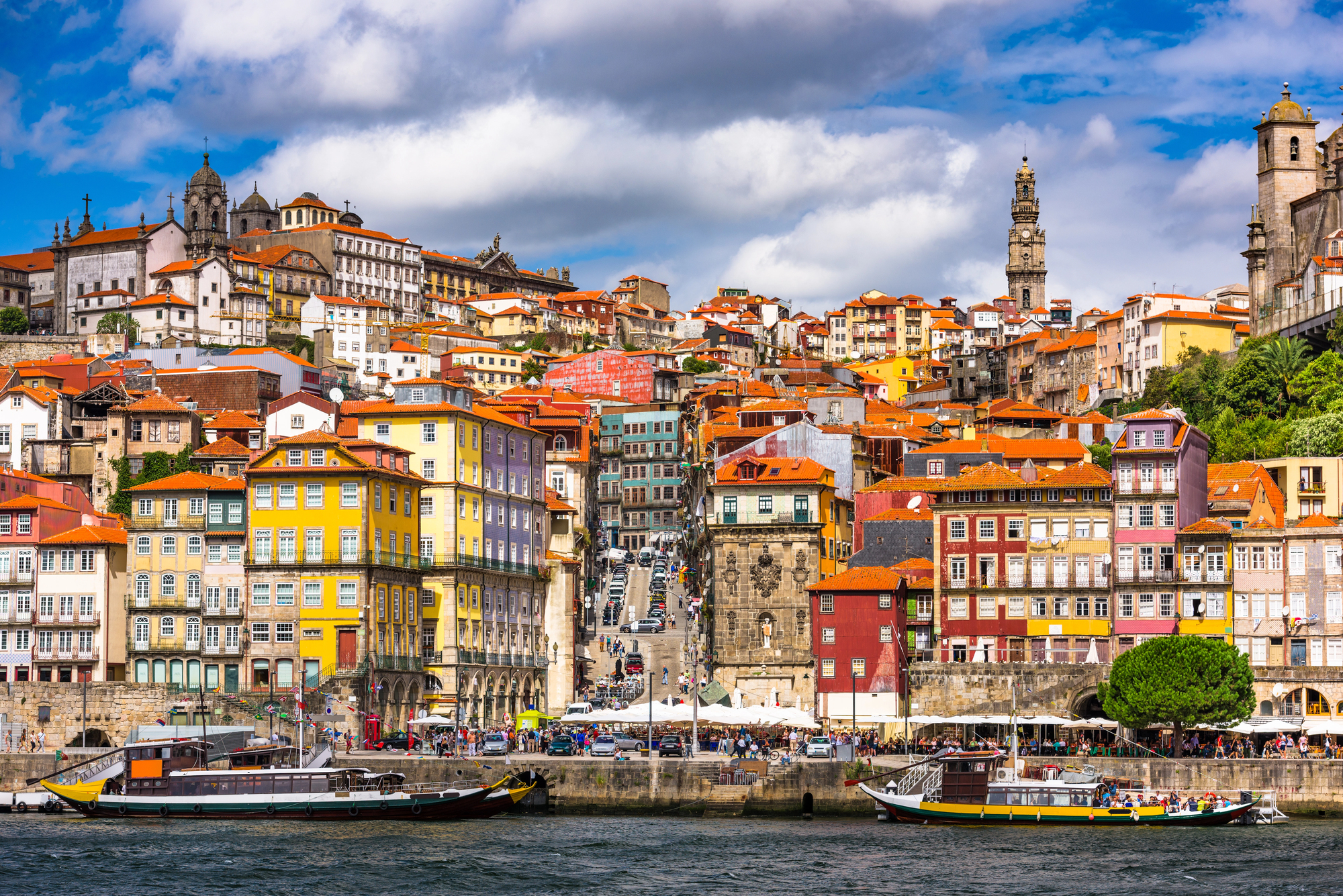
Portugal’s second-largest city has transformed itself into a vibrant cultural destination that rivals Lisbon’s established art scene. The city’s historic center provides a stunning backdrop for contemporary galleries, while abandoned warehouses and industrial spaces have been converted into artist studios and exhibition venues.
The annual Maus Habitos gallery showcases cutting-edge contemporary art, and the Miguel Bombarda Art District has become a magnet for emerging artists and collectors alike.
Leipzig
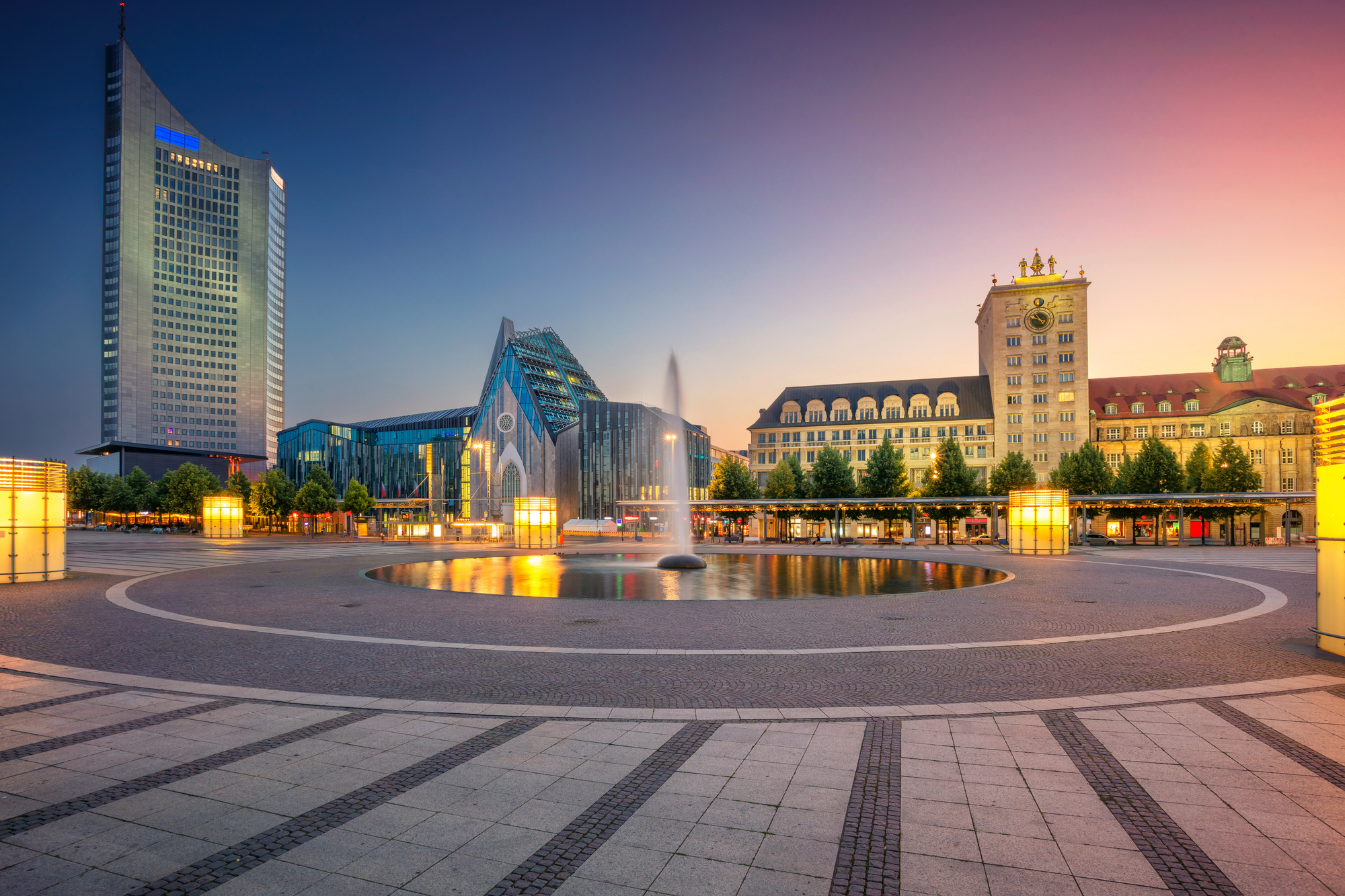
This former East German city has become one of Europe’s most exciting art destinations, building on its reputation as the birthplace of the 1989 peaceful revolution. The Spinnerei complex, housed in a former cotton mill, now hosts over 100 artist studios and galleries, making it one of Europe’s largest artist communities.
Leipzig’s affordable living costs and rich cultural history continue to attract artists from across the continent, creating a dynamic and diverse creative ecosystem.
Rotterdam
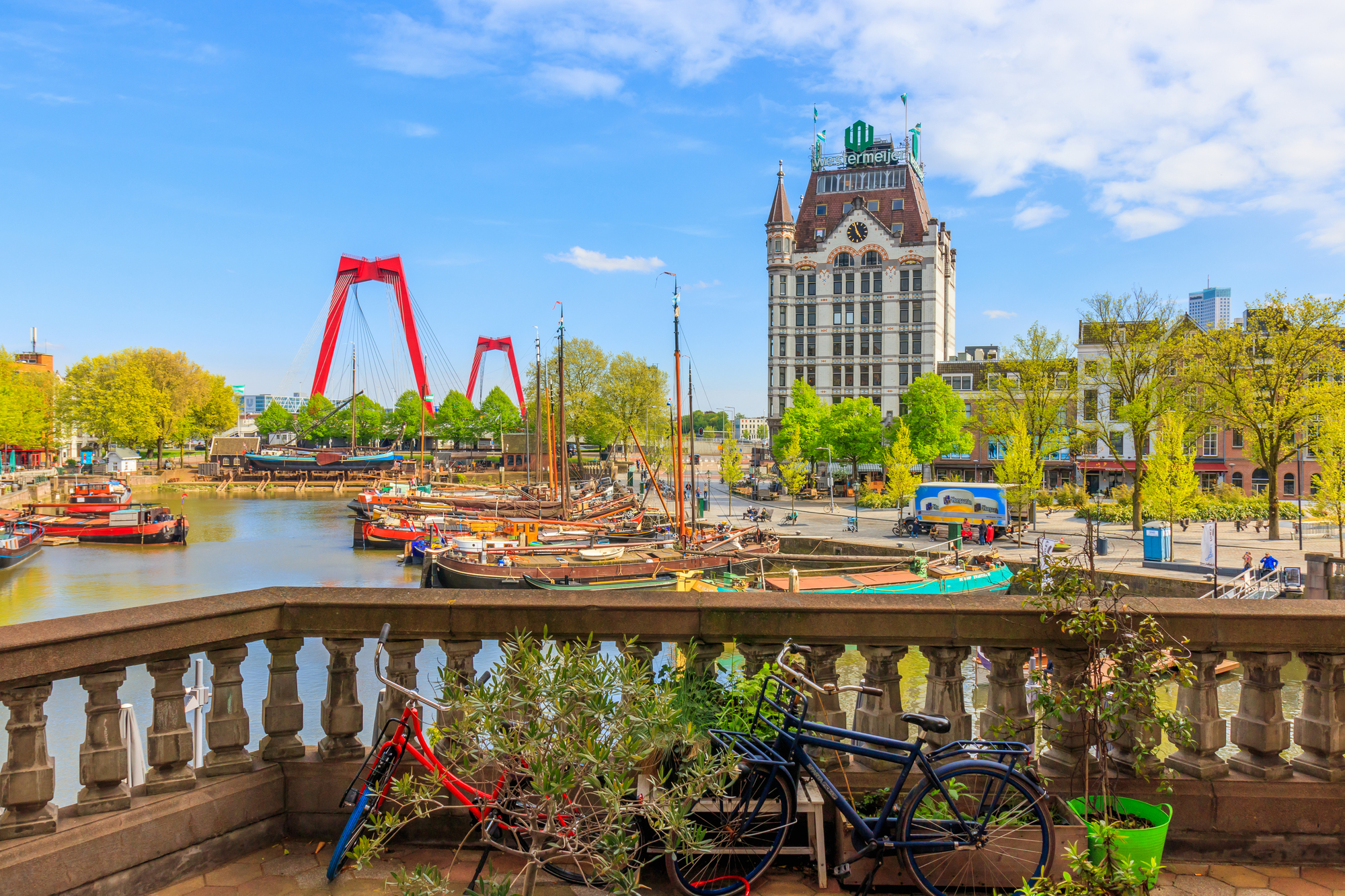
While Amsterdam gets most of the attention, Rotterdam has quietly developed into the Netherlands’ most forward-thinking art city. The city’s experimental spirit, born from its post-war reconstruction, permeates its art scene.
The Kop van Zuid district houses cutting-edge galleries and artist spaces, while the annual Art Rotterdam fair has become a major event for collectors seeking emerging talent. The city’s industrial architecture provides unique venues for large-scale installations and experimental art.
Like Travel Pug’s content? Follow us on MSN.
Valencia
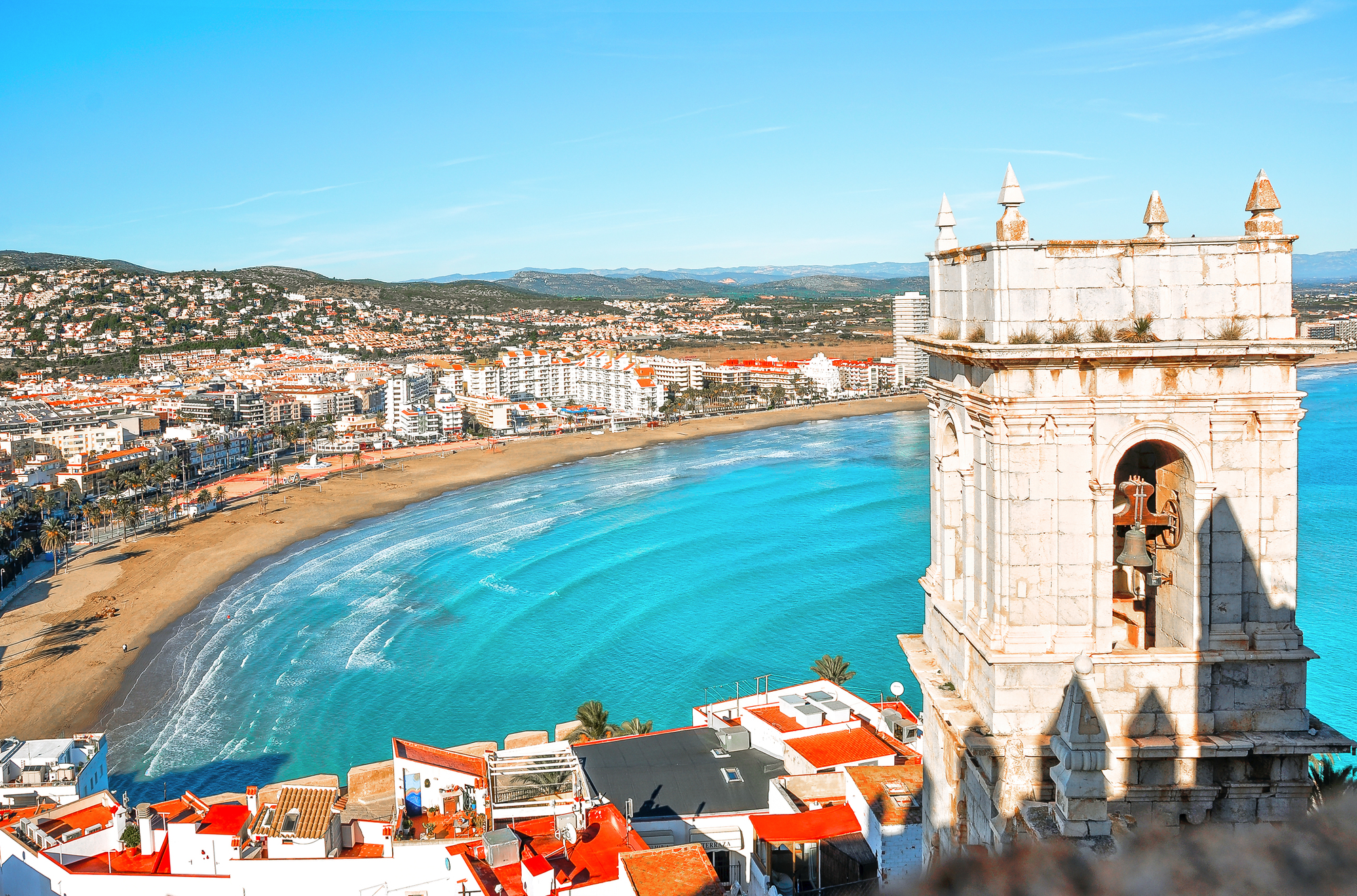
Spain’s third-largest city has emerged from the shadow of Madrid and Barcelona to establish itself as a major contemporary art center. The City of Arts and Sciences complex anchors a growing network of galleries and cultural spaces throughout the city.
Local artists are gaining international recognition, and the city’s lower costs compared to other Spanish art capitals make it an attractive destination for both artists and collectors.
Antwerp
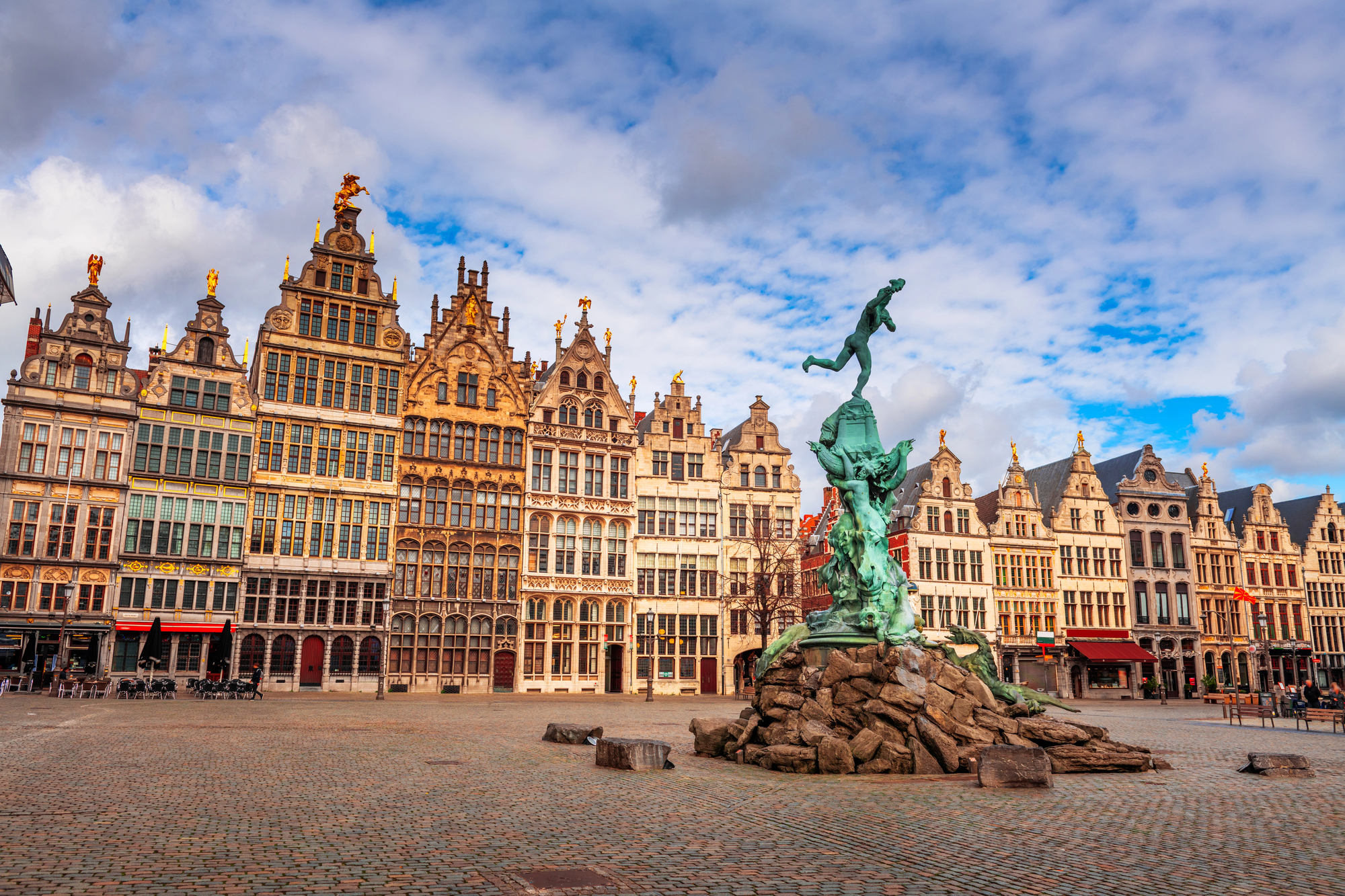
Belgium’s diamond capital has polished itself into one of Europe’s most sophisticated art scenes. The city’s compact size creates an intimate art community where collectors, artists, and gallery owners frequently interact.
The South district has become the heart of the contemporary art scene, with galleries like Tim Van Laere and Zeno X leading the way. Antwerp’s strong fashion heritage also influences its visual arts, creating unique crossover collaborations.
Vilnius
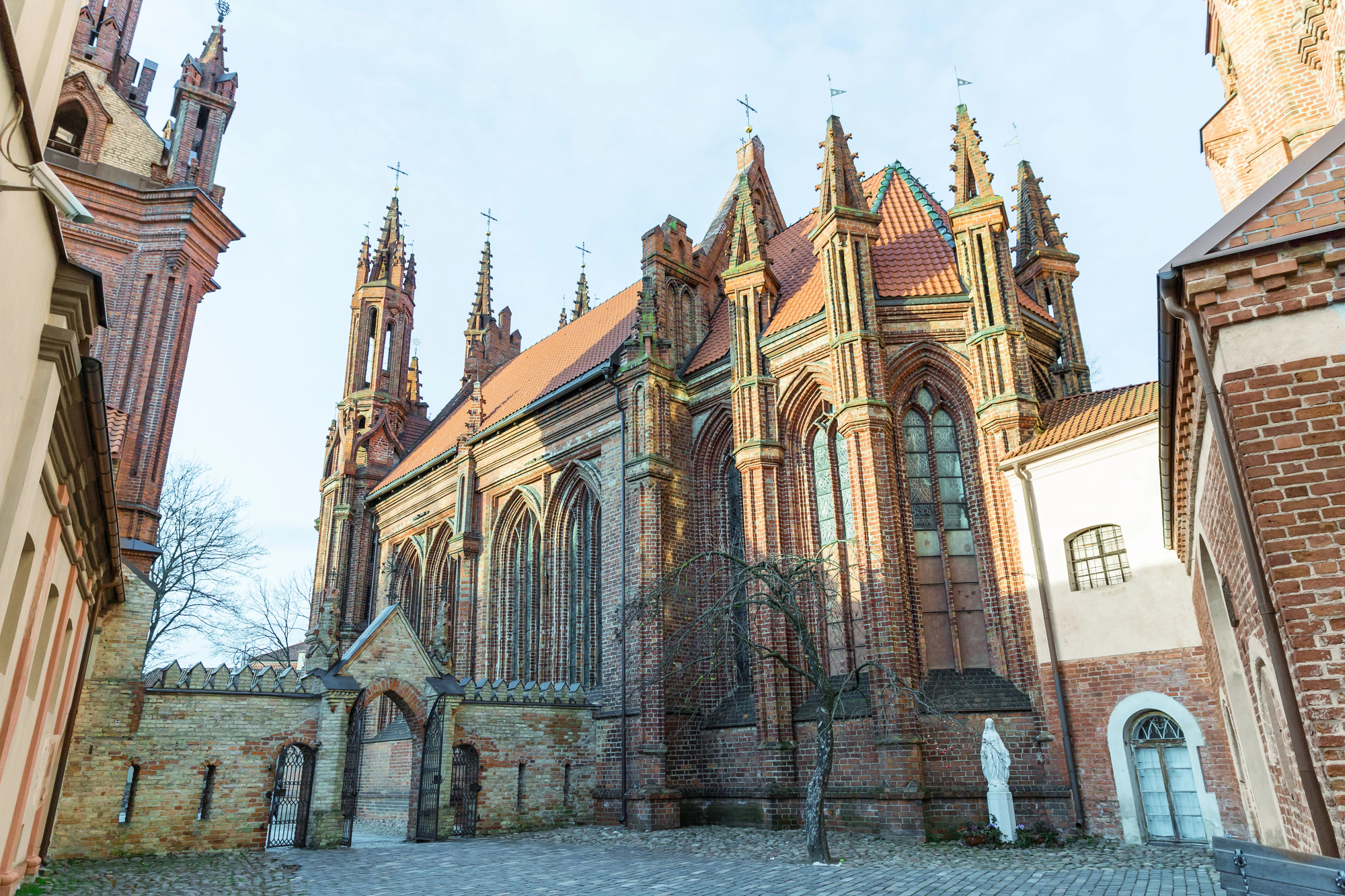
Lithuania’s capital represents the dynamic art scene emerging across the Baltic states. The Užupis district, which playfully declared itself an independent republic, has become the city’s artistic heart.
Soviet-era buildings have been converted into galleries and artist studios, while the city’s entry into the eurozone has increased international attention. The annual ArtVilnius fair has put the city on the global art map.
Like Travel Pug’s content? Follow us on MSN.
Palermo
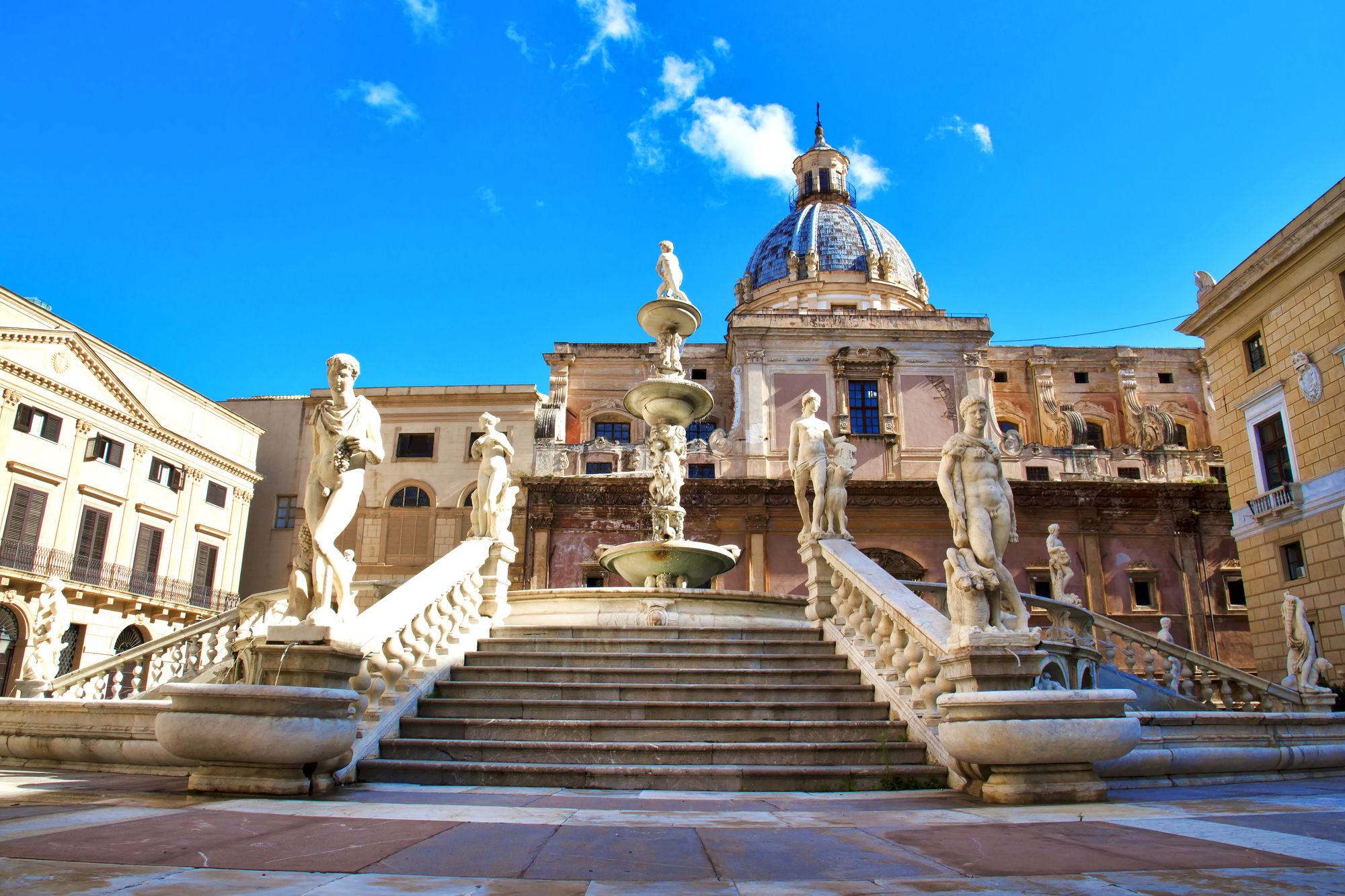
Sicily’s capital is experiencing an artistic revival that reflects the broader cultural renaissance happening across southern Italy. The city’s layered history provides endless inspiration for contemporary artists, while initiatives like Manifesta 12 have brought international attention to the local scene.
Abandoned palazzos are being transformed into galleries and artist residencies, creating a unique blend of ancient and contemporary culture.
Ghent
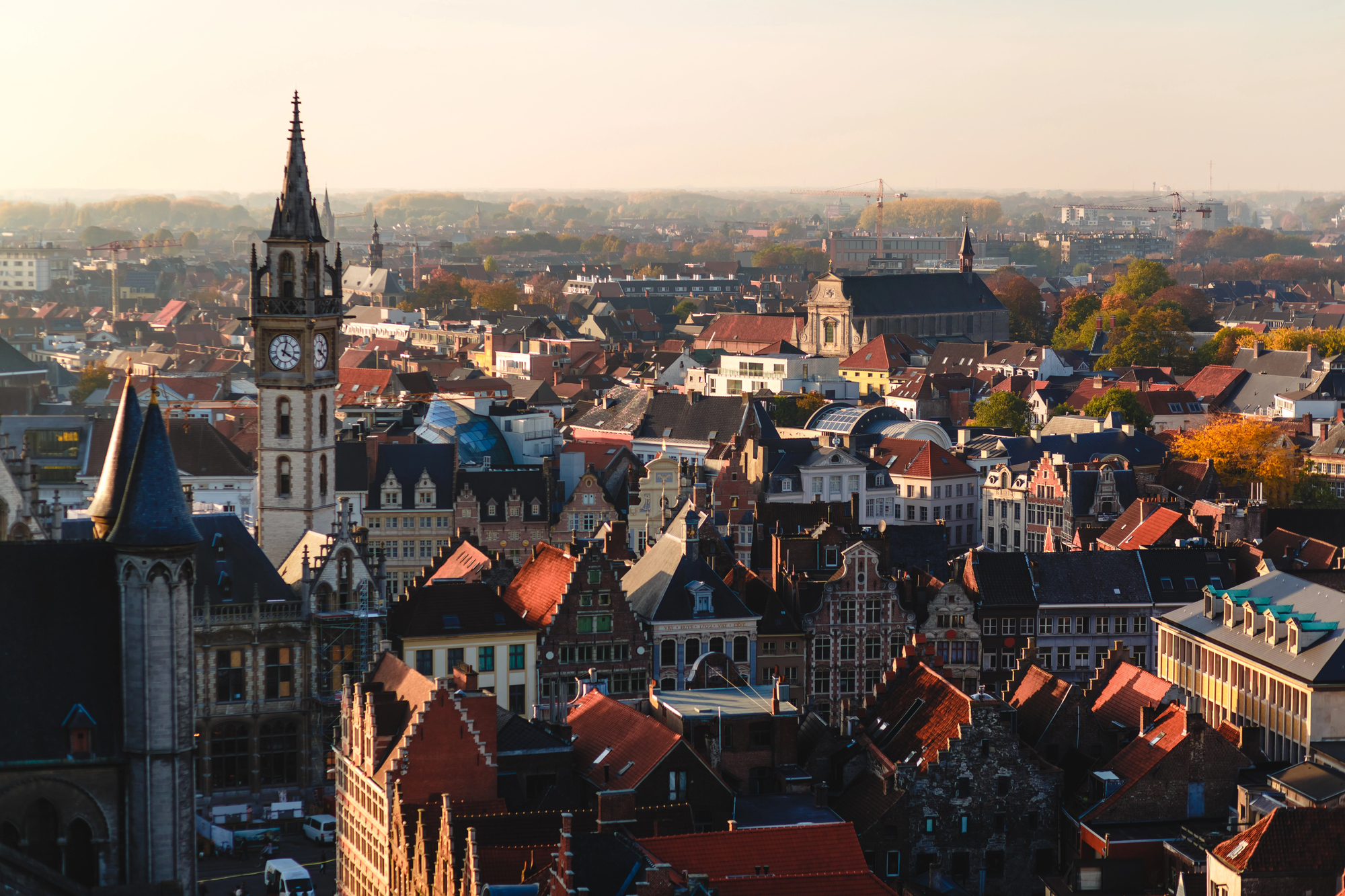
Often overshadowed by Brussels and Antwerp, Ghent has developed a distinctive art scene that reflects its student city energy and medieval charm. The SMAK museum anchors a growing network of independent galleries and artist-run spaces.
The city’s compact size makes it easy to explore the entire art scene on foot, and its lower costs attract both emerging artists and adventurous collectors.
Tallinn
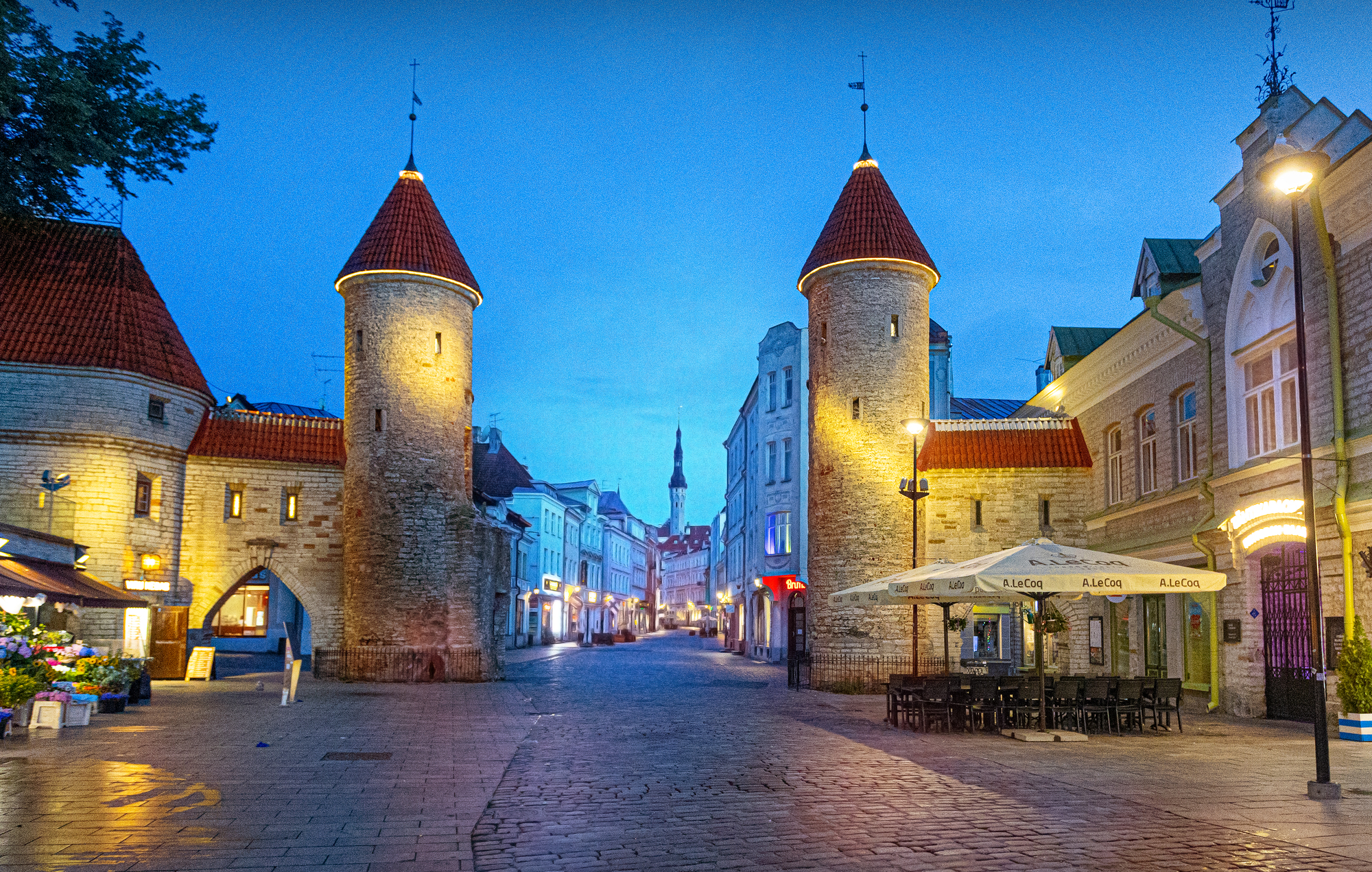
Estonia’s capital has become the surprise star of the Baltic art world, leveraging its medieval old town and tech-savvy reputation to create something entirely new. The Telliskivi Creative City, built in a former industrial complex, houses galleries, studios, and alternative spaces.
The city’s digital innovation culture influences its art scene, with many artists exploring the intersection of technology and traditional media.
Like Travel Pug’s content? Follow us on MSN.
Marseille
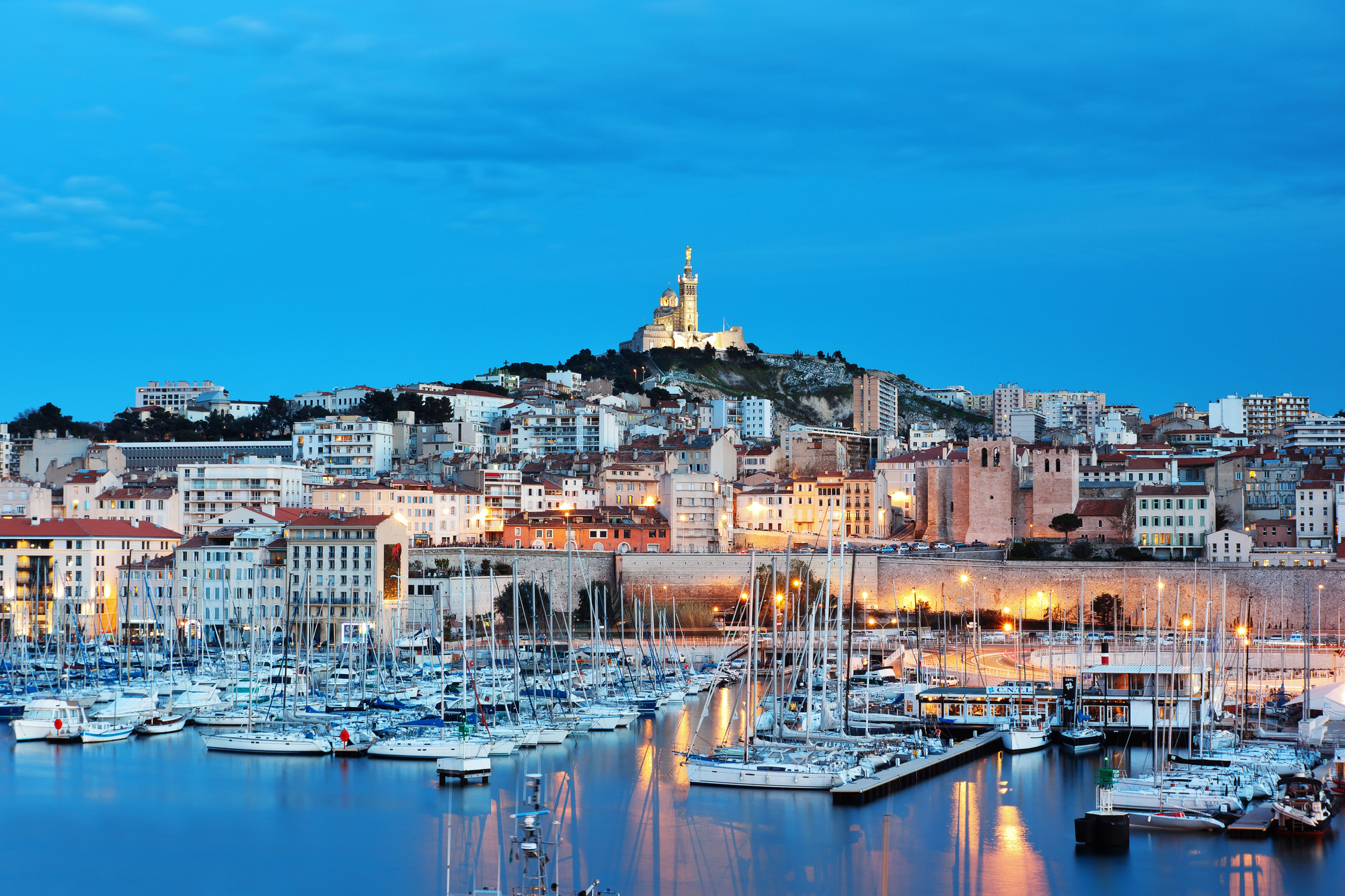
France’s oldest city is writing a new chapter as a contemporary art destination. The transformation began with its designation as European Capital of Culture in 2013 and continues with major developments like the Mucem museum.
The Friche Belle de Mai, a former tobacco factory, has become a sprawling cultural complex housing galleries, studios, and performance spaces. The city’s port culture and multicultural population create a distinctive artistic voice.
Riga
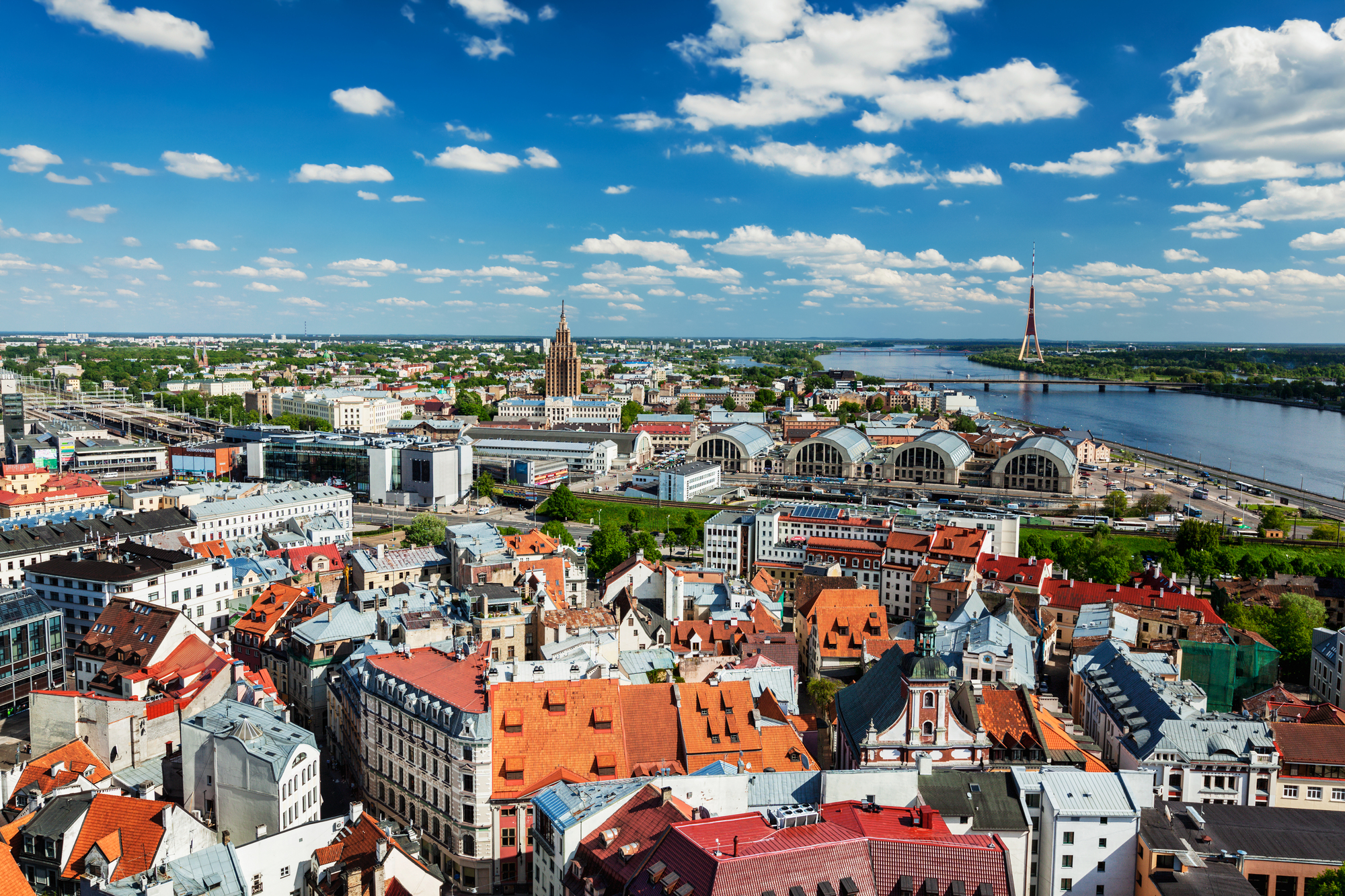
Latvia’s capital demonstrates how a city can honor its architectural heritage while fostering cutting-edge contemporary art. The Art Nouveau districts provide elegant backdrops for new galleries, while former industrial spaces house experimental art projects.
The annual Riga International Biennial of Contemporary Art has elevated the city’s profile among international collectors and curators.
Newcastle
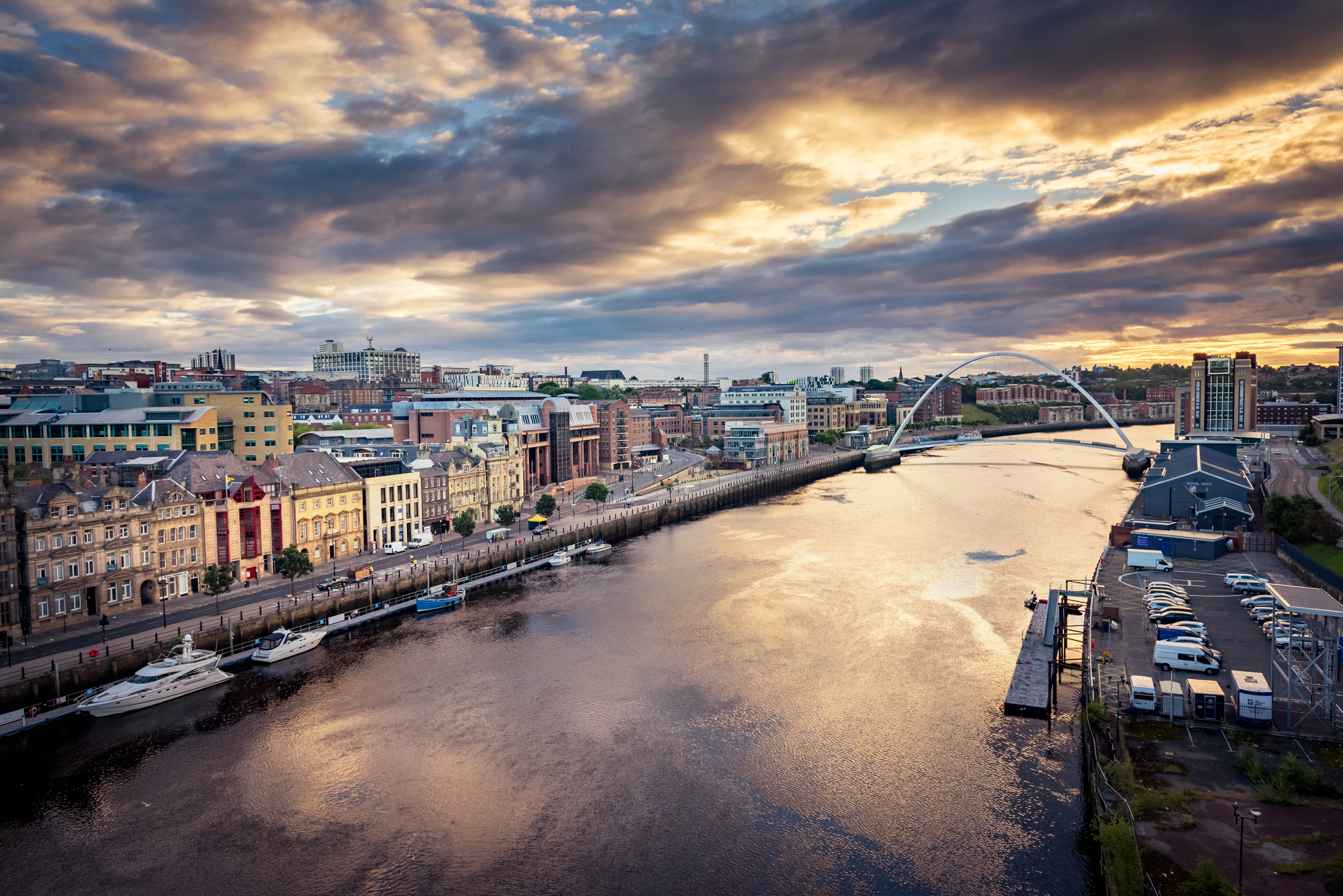
This English city has leveraged its post-industrial transformation to become one of the UK’s most exciting art destinations outside London. The Baltic Centre for Contemporary Art, housed in a converted flour mill, anchors a thriving scene that includes artist-run spaces and commercial galleries.
The city’s strong community bonds create a supportive environment for emerging artists, while its affordability compared to London attracts both artists and collectors.
Like Travel Pug’s content? Follow us on MSN.
Wrocław

Poland’s cultural capital for 2016 used that designation as a springboard for ongoing artistic development. The city’s numerous universities contribute to a young, creative population, while its location in southwestern Poland makes it accessible to art scenes in Germany and the Czech Republic.
Former industrial spaces throughout the city have been converted into galleries and studios, creating a network of cultural districts.
Thessaloniki
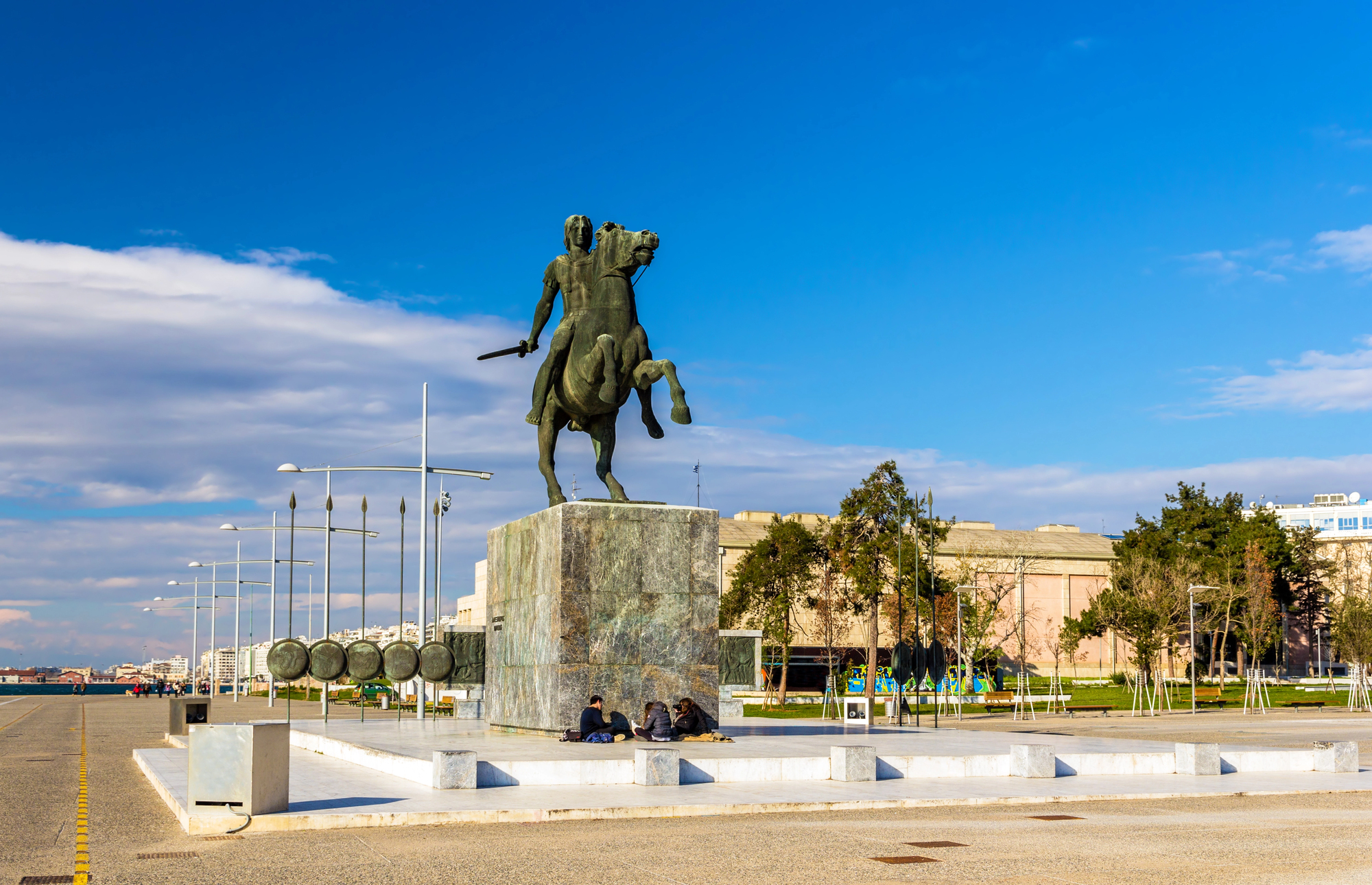
Greece’s second city offers a compelling alternative to Athens’ established art scene. The city’s rich history as a crossroads of cultures influences its contemporary art, while its university population provides energy and innovation.
Galleries clustered around the old town create an intimate art quarter, and the annual Thessaloniki Biennale showcases the broader regional scene.
Ljubljana
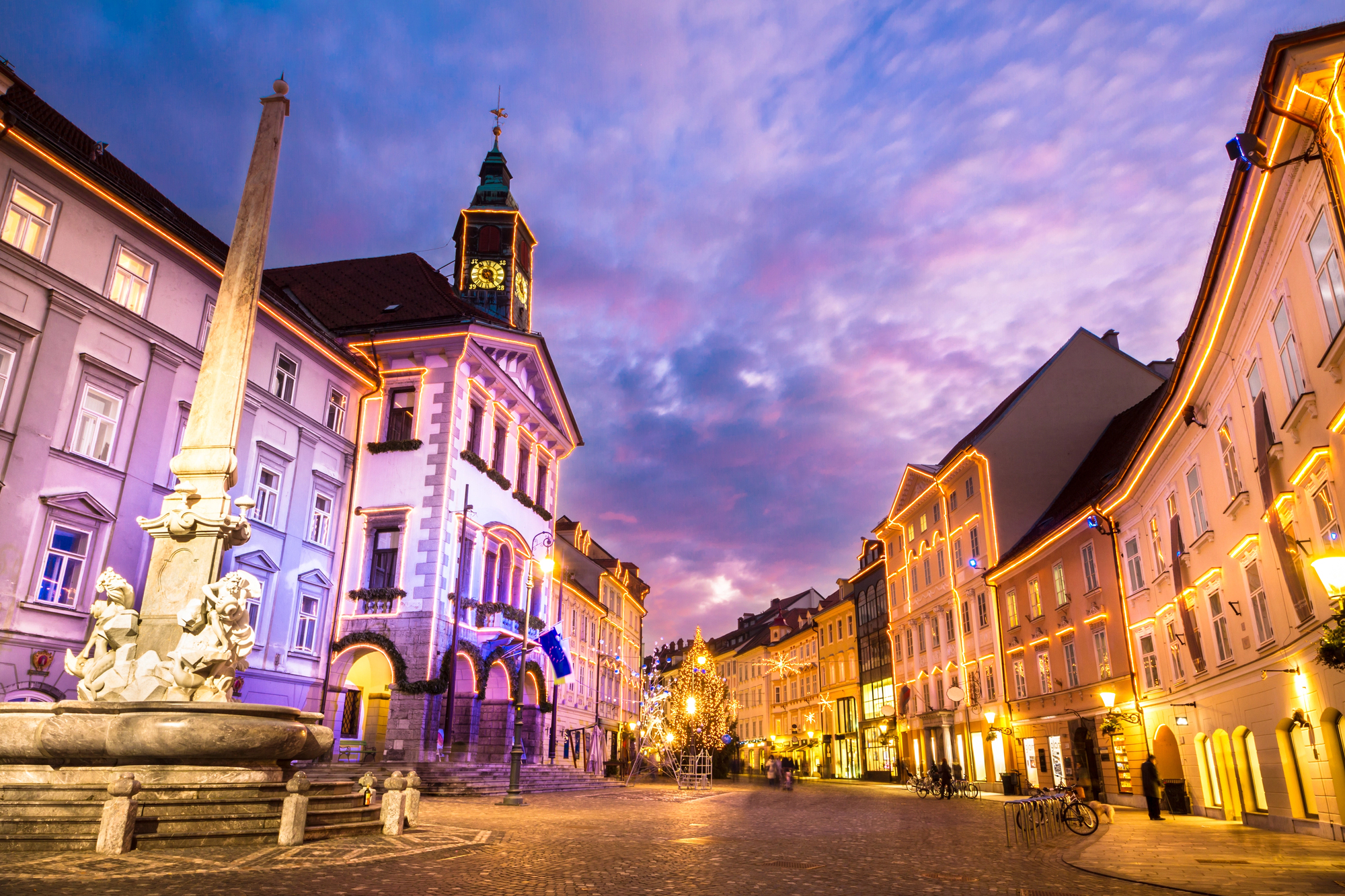
Slovenia’s charming capital has developed an art scene that punches well above its weight. The Metelkova district, built in former military barracks, hosts numerous galleries and alternative spaces.
The city’s location at the crossroads of Western and Eastern Europe influences its art, creating unique perspectives on contemporary European identity.
Like Travel Pug’s content? Follow us on MSN.
Mons
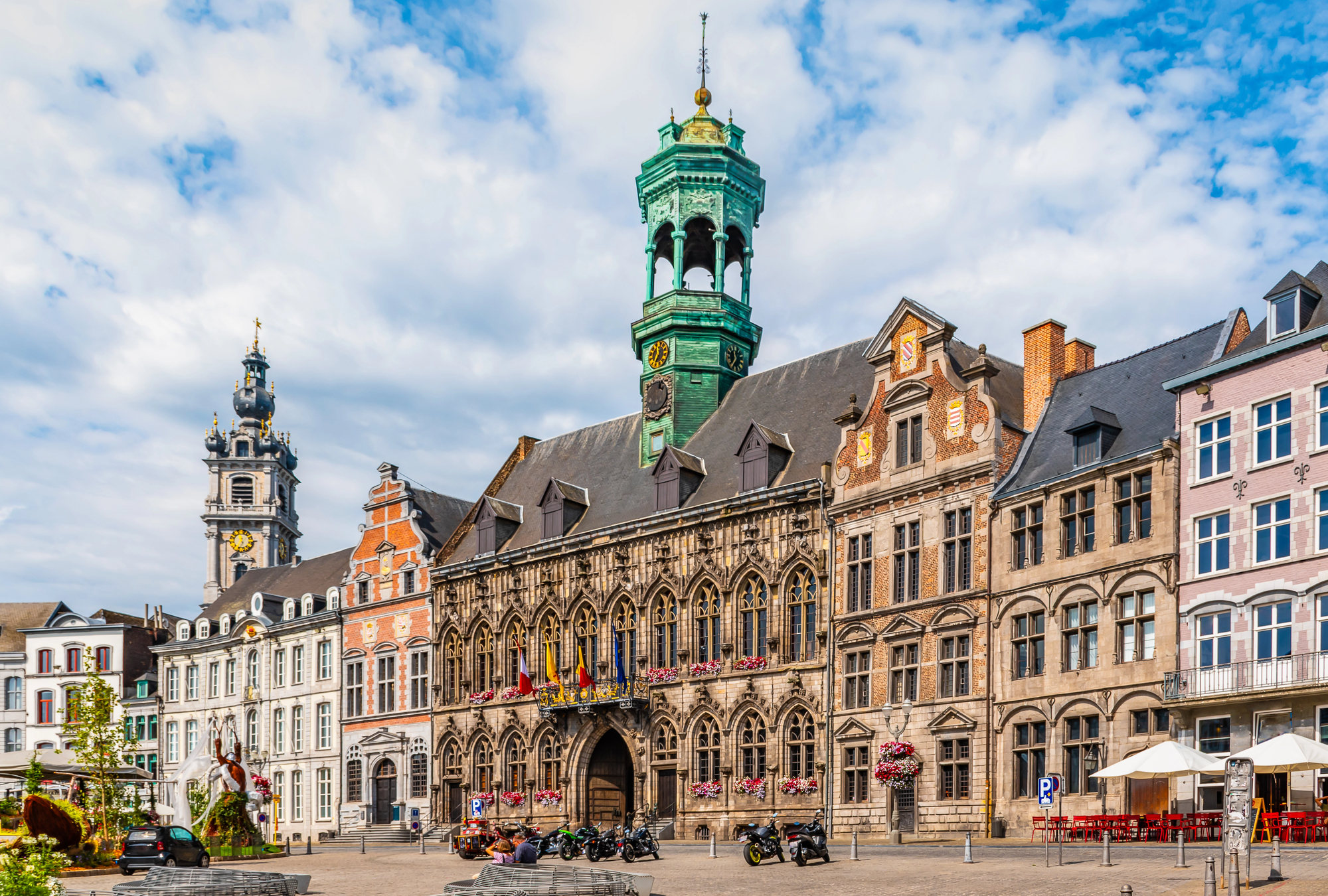
Belgium’s 2015 European Capital of Culture has maintained momentum with a thriving contemporary art scene. The BPS22 museum in a former industrial building showcases cutting-edge work, while smaller galleries throughout the historic center create an intimate art trail.
The city’s proximity to Brussels makes it accessible to international collectors while maintaining its own distinct character.
Derry-Londonderry

Northern Ireland’s cultural capital has transformed its complex history into artistic strength. The Void Gallery and other spaces showcase work that often engages with themes of identity and place.
The city’s compact size creates a tight-knit art community, while its dramatic setting on the River Foyle provides inspiration for artists working across all media.
Where Europe’s Art Story Continues
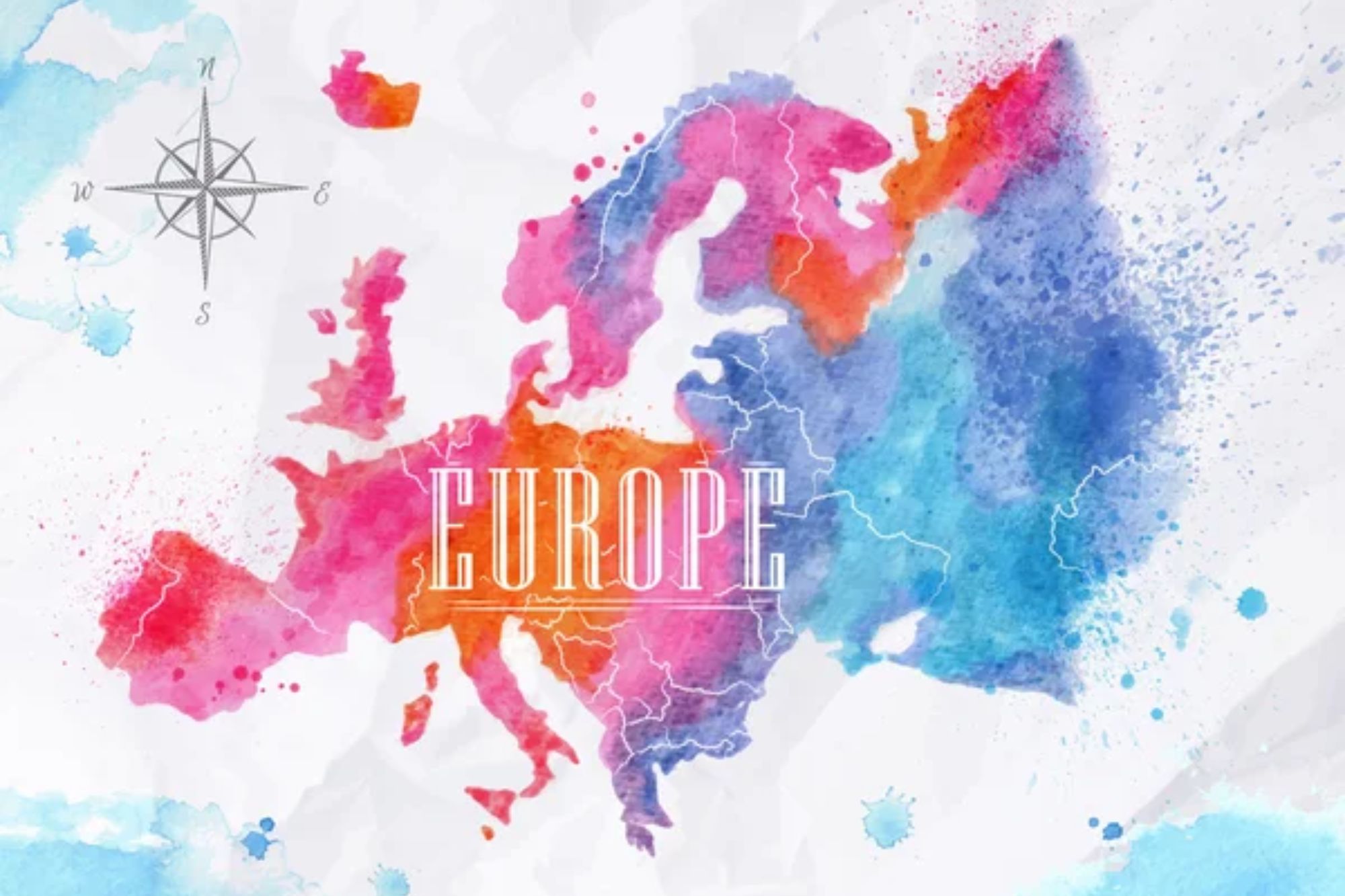
These 17 cities represent Europe’s artistic future taking shape today. What unites them isn’t just their emerging status, but their ability to blend local identity with international ambition.
They prove that great art doesn’t require massive populations or centuries-old institutions—just vision, community, and the courage to create something new. As traditional art capitals face issues of affordability and accessibility, these cities offer fresh alternatives where the next generation of European art is being born.
More from Travel Pug

- Cities Growing so Fast You Won’t Recognize Them in 10 Years
- 13 Destinations Where Tourists Regularly Regret Their Trip
- 16 U.S. Cities That Are Quietly Becoming Travel Hotspots
- Where to Travel If You Love Long Bus Rides and Daydreams
- 20 Cities Perfect for Solo Travelers Who Crave Adventure & Culture
Like Travel Pug’s content? Follow us on MSN.
